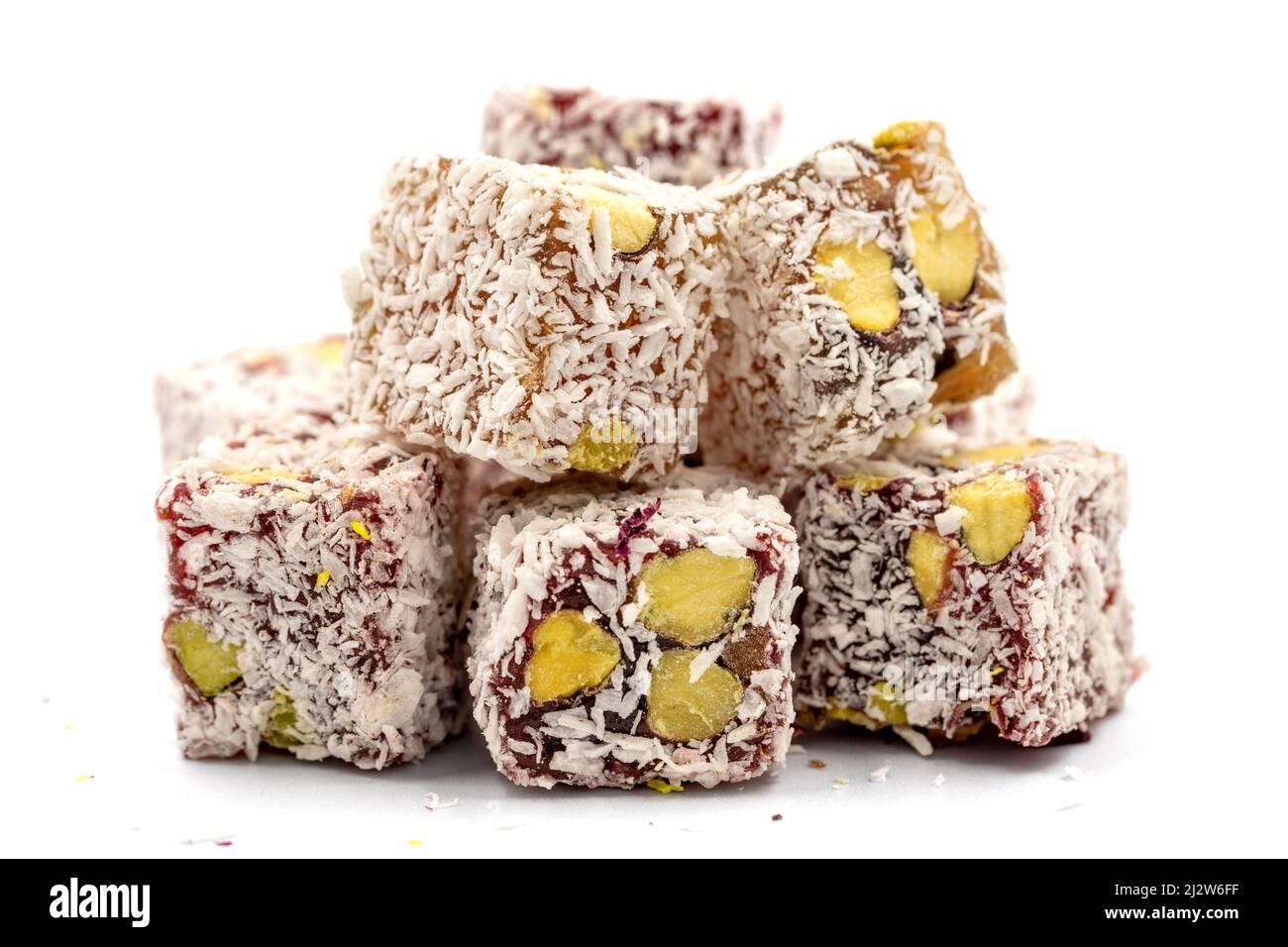Unveiling the Sweet Mystique: Crafting Authentic Turkish Delight
Rosalia Mamhlakoana Moliko![]() Invalid date
4 minutes, 26 seconds
Invalid date
4 minutes, 26 seconds
7K views 3 Likes
Introduction:
Step into the kitchen and embark on a culinary journey to discover the secrets behind crafting the enchanting confection known as Turkish Delight. Renowned for its unique blend of flavors, delicate texture, and rich history, Turkish Delight, or "lokum" as it is called in Turkey, has been captivating taste buds for centuries. Join us as we explore the art of creating this delightful treat, uncovering the traditional methods and secret ingredients that contribute to its authenticity.
The Origins of Turkish Delight:
Turkish Delight has a storied history that dates back to the Ottoman Empire, where it was initially created as a royal treat for sultans and their courts. Over time, its popularity spread, and today, it is enjoyed by people around the world. The confection's distinct flavor profile often features a combination of rosewater, citrus, and various nuts, providing a harmonious blend of sweetness and aromatic subtleties.
Ingredients:
The foundation of any authentic Turkish Delight lies in its carefully chosen ingredients. Traditional recipes call for sugar, water, and cornstarch as the primary components. However, it's the addition of unique flavorings such as rosewater, orange blossom water, or lemon zest that imparts the signature taste. Nuts, typically pistachios or hazelnuts, add a delightful crunch to the otherwise soft and chewy texture.
The Cooking Process:
Crafting Turkish Delight is a meticulous process that demands patience and precision. The sugar, water, and cornstarch are combined and slowly cooked to form a thick, sticky syrup. This mixture is then flavored with the essence of choice, elevating the confection to a sensory delight. Nuts are added at this stage, contributing not only to the taste but also providing a visual appeal with their vibrant colors.
The Setting:
Creating Turkish Delight is not just a culinary experience; it's a cultural affair. The process often takes place in kitchens adorned with the essence of the Middle East, where the air is filled with the scents of exotic spices and floral notes. The atmosphere is reminiscent of the bazaars of Istanbul, invoking a sense of tradition and authenticity.
Cutting and Coating:
Once the syrup has reached the desired consistency, it is poured into molds and left to set. After it has cooled and solidified, the delight is cut into small, bite-sized cubes and coated with a mixture of powdered sugar and cornstarch. This coating prevents the pieces from sticking together and gives them a delicate, powdery finish.
Presentation:
The final touch is the presentation of the Turkish Delight, often arranged in intricate patterns or piled high in decorative boxes. The vibrant colors, enticing aromas, and ornate packaging make it a feast for the eyes as well as the palate.
Conclusion:
Stepping into the kitchen to craft authentic Turkish Delight is more than just a culinary endeavor; it's a celebration of culture, history, and tradition. From the carefully selected ingredients to the meticulous cooking process, every step contributes to the creation of a sweet masterpiece that has stood the test of time. So, gather your ingredients, embrace the aromatic journey, and savor the magic of crafting your own batch of Turkish Delight.
Image source: https://www.alamy.com/stock-photo/turkish-delight-sweets-confectionery.html?page=2&sortBy=relevant

